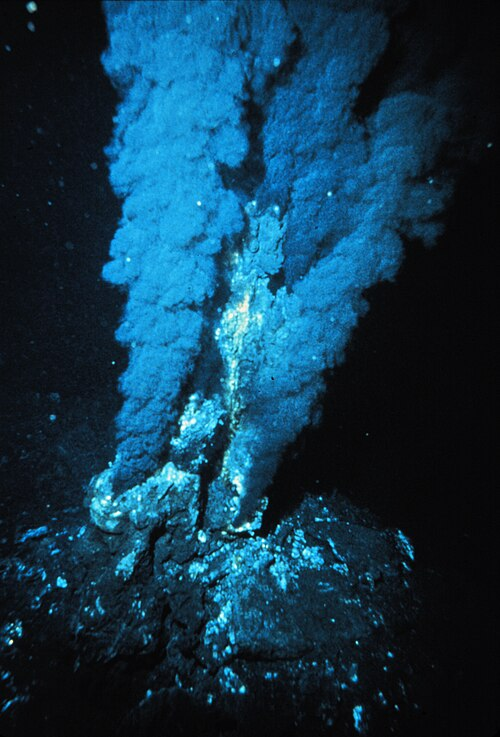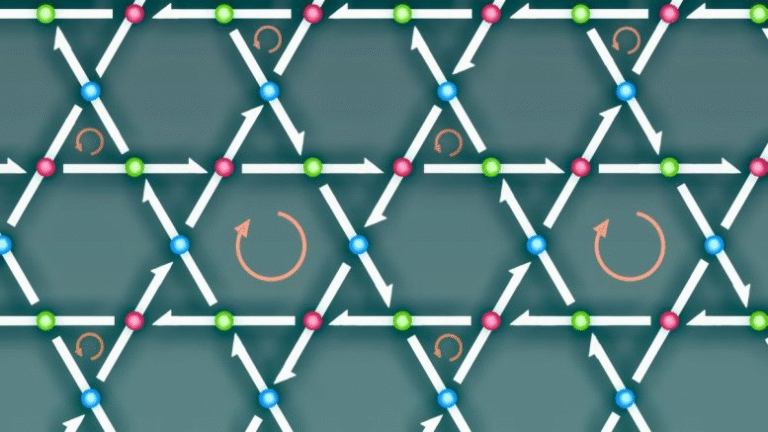Scientists Achieve First Direct Observation of Elusive Dark Excitons

In a major milestone for quantum materials research, scientists at the Okinawa Institute of Science and Technology (OIST) have directly observed and tracked the behavior of dark excitons in atomically thin semiconductors.
This breakthrough, reported in Nature Communications (July 2025), not only clarifies long-standing mysteries in exciton physics but also opens promising pathways for next-generation quantum and valleytronic technologies.
What Are Excitons?
To understand the significance of this discovery, let’s first break down what excitons are.
When light strikes a semiconductor, it can kick an electron from its lower-energy valence band into the higher-energy conduction band. This leaves behind a positively charged vacancy known as a hole. Because electrons and holes have opposite charges, they can bind together into a quasi-particle called an exciton, which behaves a bit like a hydrogen atom.
- Bright excitons: If the electron and hole line up in terms of spin and momentum, they can recombine quickly (within a trillionth of a second) and release light. These are visible in optical experiments.
- Dark excitons: If the spins or momentum states don’t match, recombination is forbidden, meaning no light is emitted. These excitons last much longer—up to several nanoseconds—and interact less with the environment. That makes them especially interesting for quantum information applications, but also much harder to detect.
The Importance of Valleytronics
This research also connects to the emerging field of valleytronics.
Semiconductors like transition metal dichalcogenides (TMDs) have a hexagonal atomic structure. In their electronic band structure, electrons can occupy distinct momentum states called valleys (often labeled K and K′). Think of these valleys as different “lanes” where information can be stored.
By using circularly polarized light, scientists can selectively excite excitons in a specific valley. This ability to control valley occupation forms the basis of valleytronics, where information is encoded not just in charge (as in electronics) or spin (as in spintronics), but in valley states.
The challenge, however, has been keeping valley information alive. Bright excitons lose valley information almost instantly. Dark excitons, being more isolated, could potentially preserve this information much longer. This makes them powerful candidates for quantum technologies.
The Breakthrough at OIST
The team at OIST, led by Professor Keshav Dani, has been working for years on advanced spectroscopy methods to explore ultrafast dynamics in 2D materials. Their tool of choice was TR-ARPES (time- and angle-resolved photoemission spectroscopy), equipped with a custom-built tabletop extreme ultraviolet (XUV) source and a momentum microscope.
This system is one of the most advanced in the world, capable of capturing the momentum, spin, and population of electrons and excitons on femtosecond timescales (a femtosecond is one quadrillionth of a second).
Using this setup, the researchers directly tracked how bright excitons evolve into different species of dark excitons after excitation in a monolayer of tungsten disulfide (WS₂), a well-studied TMD semiconductor.
The Experimental Details
Here’s a straightforward breakdown of what they did:
- Material: A monolayer of WS₂ was exfoliated and placed on a thin hexagonal boron nitride (hBN) buffer layer on a silicon substrate. The hBN helps reduce quenching of excitons.
- Temperature: The experiments were carried out at ~90 K to minimize thermal scattering.
- Excitation method: They used circularly polarized light tuned to around 2.1 eV, resonant with bright exciton energy, to selectively create excitons in one valley (say, K).
- Exciton density: Kept relatively low (around 4.5 × 10¹¹ cm⁻²) to avoid unwanted broadening and scattering.
- Detection: The TR-ARPES system captured how the populations of electrons and excitons changed in momentum and spin space over time.
What They Found
The evolution of excitons was tracked over picoseconds to nanoseconds, and the results revealed a sequence of transformations:
- Bright excitons at creation: Right after excitation, bright excitons form in the targeted valley.
- Intervalley transfer (~0.3 ps): Some bright excitons scatter to the opposite valley (K′) via exchange interactions.
- Momentum-dark excitons (~0.8 ps): Many bright excitons scatter with phonons (quantized vibrations of the crystal lattice) into momentum-mismatched valleys, becoming momentum-dark excitons.
- Spin-dark excitons (later times): With further relaxation, excitons undergo spin flips within the same valley, forming spin-dark excitons.
The key finding is that momentum-dark excitons dominate at around 1 ps after excitation, making up more than 60% of the population while maintaining about 40% valley polarization. This is crucial because it demonstrates that dark excitons can indeed preserve valley information for long timescales, contrary to earlier doubts raised by fast depolarization seen in past experiments.
Spin-dark excitons also play a role, especially at longer times, but their population is lower.
Why This Matters
This experiment resolves a long-standing puzzle: optical methods suggested that valley information could persist for relatively long times, but earlier TR-ARPES studies showed rapid loss of valley polarization. By directly detecting and distinguishing dark excitons, the OIST team showed that valley information is in fact preserved, just hidden in dark states.
This lays the groundwork for “dark valleytronics”—the idea of using dark excitons as robust information carriers. Compared to conventional qubits, dark excitons might require less extreme cooling and could be less prone to decoherence (loss of quantum information).
Challenges Ahead
While the observation is groundbreaking, some challenges remain:
- Readout problem: Dark excitons don’t emit light, making them harder to measure or use directly in devices. Scientists are exploring methods like strain engineering, magnetic fields, or plasmonic coupling to temporarily “brighten” them for readout.
- Resolution limits: The energy differences between different types of dark excitons are small, and current experimental setups may not fully resolve them.
- Scalability: The results are from a monolayer WS₂ under controlled lab conditions. Expanding to other TMDs, heterostructures, or real device platforms will require further research.
- Temperature dependence: At higher temperatures or higher exciton densities, valley polarization decays faster due to increased scattering. This limits the practical operating conditions.
Broader Context: Transition Metal Dichalcogenides (TMDs)
The discovery also highlights why TMDs are considered one of the most exciting classes of materials in nanoscience.
- They are only a few atoms thick yet possess direct bandgaps, making them efficient for optoelectronics.
- Their hexagonal symmetry leads to unique valley physics.
- They support strong excitonic effects because of reduced dielectric screening in 2D.
- Beyond excitons, TMDs have been explored for superconductivity, topological phases, and strong spin-orbit coupling phenomena.
This family of materials is likely to remain central to future breakthroughs in quantum information science.
Additional Insight: Why Dark Excitons Are Exciting for Quantum Tech
Qubits in today’s quantum computers are often fragile, requiring extreme cooling and isolation. Dark excitons, however:
- Have longer lifetimes due to suppressed recombination.
- Are less sensitive to environmental noise, since they don’t couple strongly to light.
- Can potentially be manipulated via valley control, opening new degrees of freedom for information encoding.
This combination of resilience and controllability is why many physicists see them as promising for scalable quantum technologies.
Looking Ahead
The OIST researchers have effectively opened the door to studying and harnessing dark excitons. The next steps involve:
- Developing reliable readout techniques for valley-polarized dark excitons.
- Extending measurements to nanosecond timescales to fully capture spin-dark exciton dynamics.
- Exploring dark exciton behavior in heterostructures, twisted bilayers, or coupled systems.
- Investigating applications in quantum communication, valley-based information storage, and low-energy optoelectronics.
This achievement represents not just an experimental success, but a conceptual shift—showing that what was once considered “invisible” in semiconductors can now be mapped and potentially engineered for technology.





